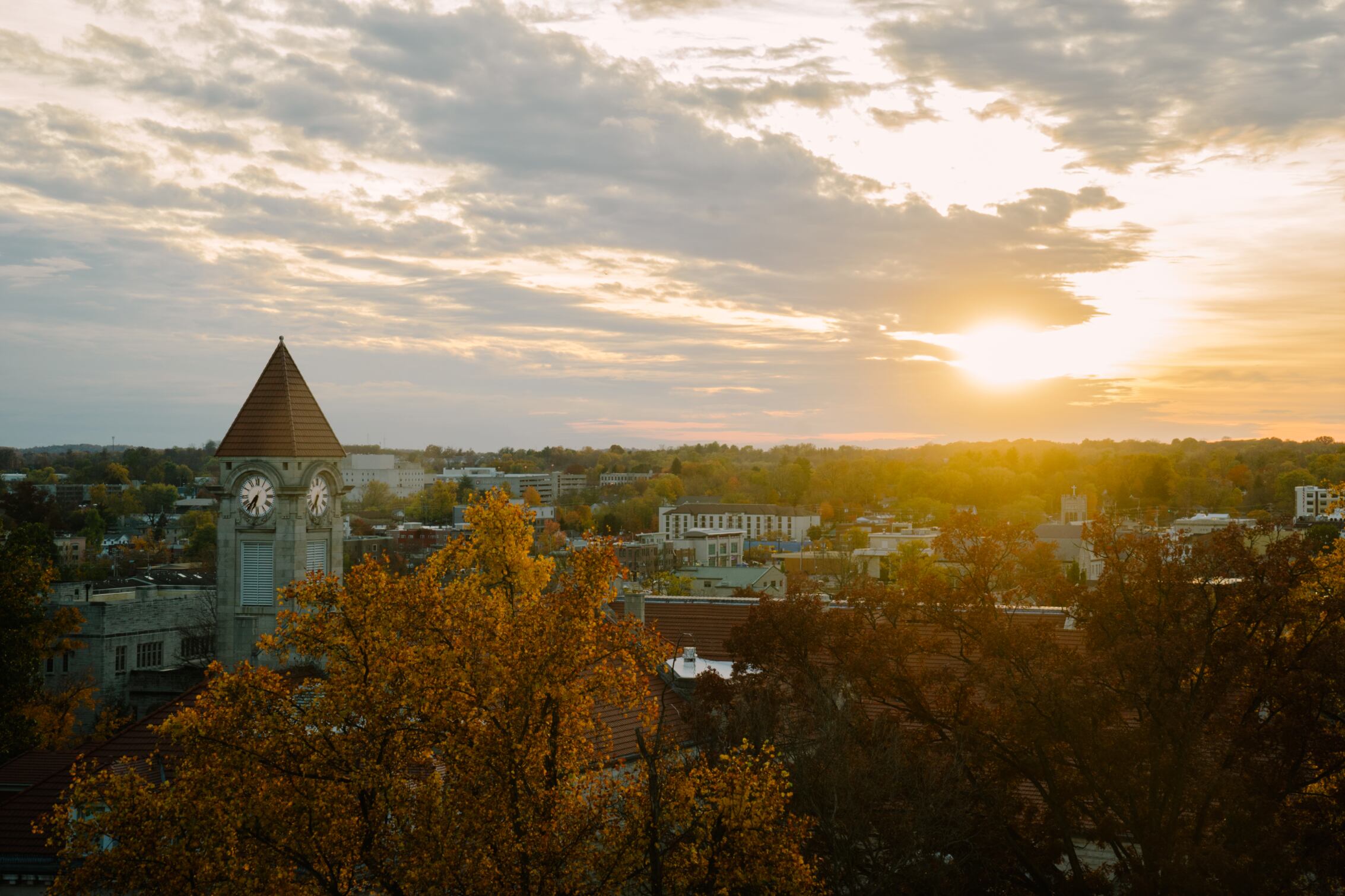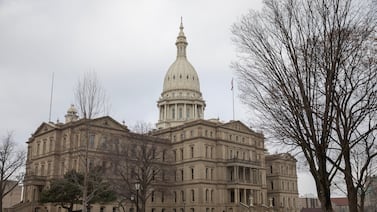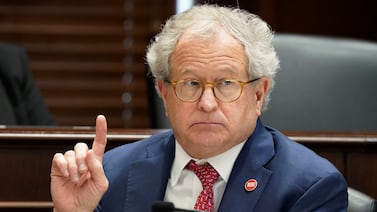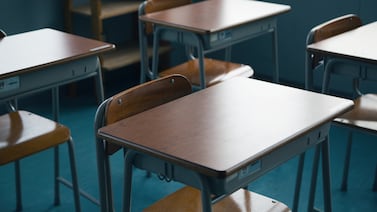Sign up for Chalkbeat Indiana’s free daily newsletter to keep up with Indianapolis Public Schools, Marion County’s township districts, and statewide education news.
More students are going to Indiana’s colleges and universities this fall, and the share of students earning degrees on schedule has also grown in the last few years, the state announced Wednesday.
Data released by the Indiana Commission for Higher Education showed that enrollment this fall increased by roughly 4,700 students from a year ago. That marks the largest year-over-year increase in 13 years, per the state. The commission reported that there are about 244,600 students enrolled in Indiana institutions of higher education this fall.
The new state data shows a move in a positive direction for state leaders, who are aiming to increase the state’s college attainment after years of declining college-going rates. That includes several efforts aimed at college access enacted earlier this year by state lawmakers.
Per the state, the number of undergraduate students increased by nearly 3% over last year; the number of graduate students declined by less than 1%.
The enrollment increase includes roughly 2,500 students from Indiana, a nearly 2% bump for in-state enrollment.
Enrollment increased at both two-year and four-year institutions. For students from Indiana, enrollment in two-year schools is up by roughly 3,200, and enrollment in four-year institutions is down by roughly 700.
The commission also said that more students are completing degrees on time, with a 9% increase over the last five years.
Earlier this year, the state also reported that Indiana’s college-going rate is about 53% for the Class of 2021, the latest data available. That’s about the same as the rate for the Class of 2020; the college-going percentage fell for several years before the COVID-19 pandemic.
The changes approved by state lawmakers this year to improve college access include automatically enrolling students into 21st Century Scholars, which covers tuition for qualifying students; requiring all students fill out the Free Application for Federal Student Aid to access more funds; and preventing state and for-profit private colleges and universities from refusing transcripts to current or former students who still owe money to the institution.
MJ Slaby oversees Chalkbeat Indiana’s coverage as bureau chief. She also covers access to higher education and Warren Township Schools. Contact MJ at mslaby@chalkbeat.org.






